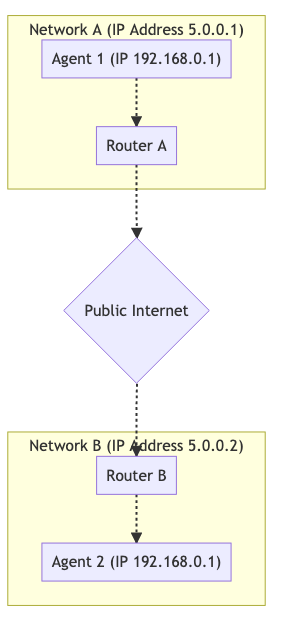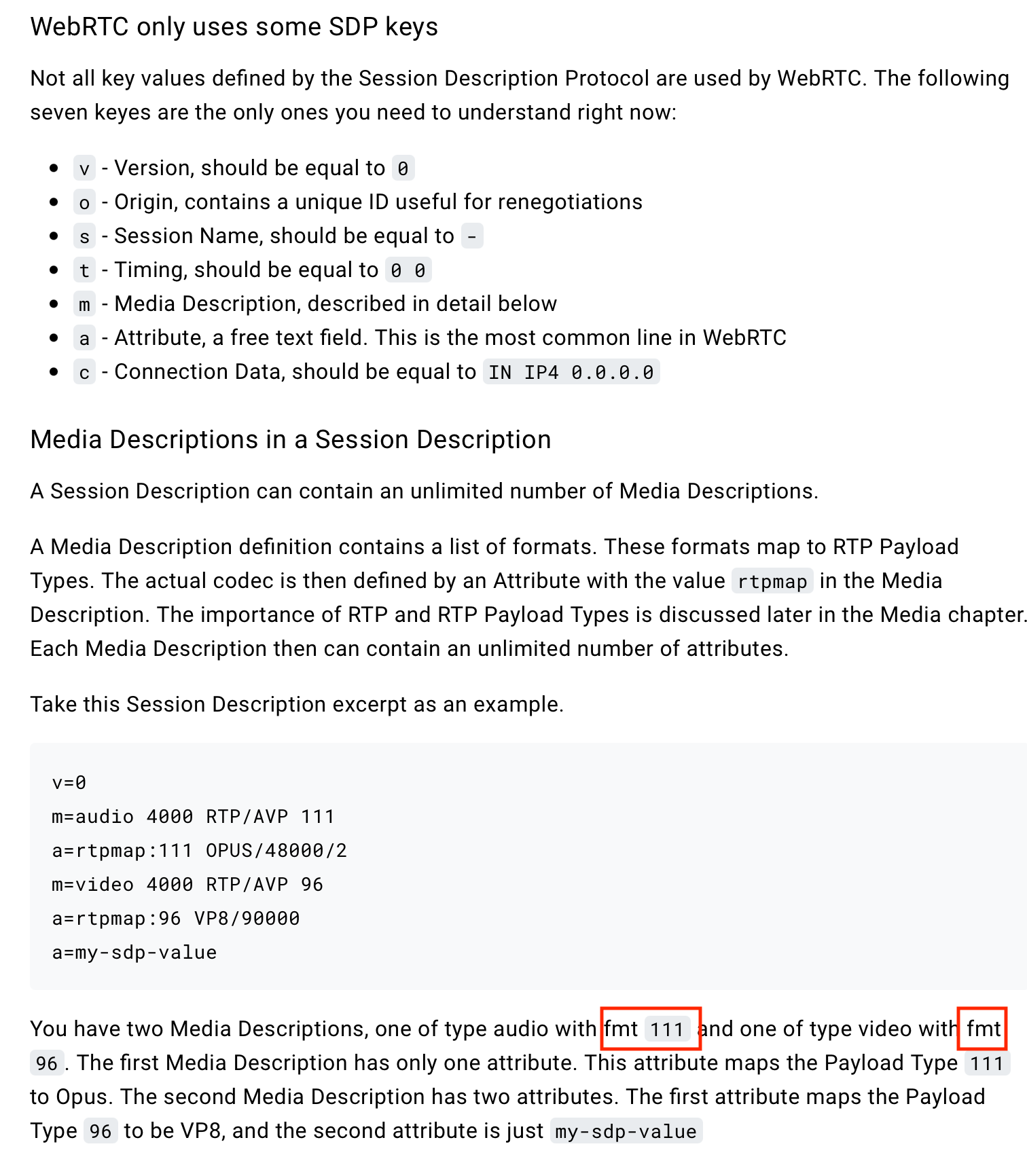Welcome to WebRTC for the Curious!
Start reading the book directly on GitHub or at webrtcforthecurious.com
When we announced the book to social media we used the following copy
Title: WebRTC for the Curious: Go beyond the APIs
Subject: The WebRTC book that explains everything.
WebRTC is a real-time communication framework that makes it easy
to build real-time interactions for web and mobile devices.
You will learn about the WebRTC specification and how all the
protocols work in depth, not just a tour of the APIs.
The book is completely Open Source and available at
https://webrtcforthecurious.com and
https://github.com/webrtc-for-the-curious/webrtc-for-the-curious
Learn the full details of ICE, SCTP, DTLS, SRTP, and how they work
together to make up the WebRTC stack.
Hear how WebRTC implementers debug issues with
the tools of the trade.
Listen to interviews with the authors of foundational
WebRTC tech! Hear the motivations and design details
that pre-dated WebRTC by 20 years.
Explore the cutting edge of what people are building with
WebRTC. Learn about interesting use cases and how real-world
applications get designed, tested and implemented in production.
Written by developers who have written all of this
from scratch. We learned it the hard way, now we want
to share it with you!
This book is vendor agnostic and multiple Open Source projects
and companies are involved. We would love to have you involved!
- Clone this repo and it's submodules
git clone --recursive https://github.com/webrtc-for-the-curious/webrtc-for-the-curious.git - Download the extended version of hugo
- Run
hugo server
We would love contributions! We are open to suggestions about the content as well. This is a community-owned project, and we want to hear what is important to you. Below is a rough guide to where each chapter stands.
We support Github Codespaces so helping out is as easy as starting up a Codespace from this repo.
Once started, click "Run Live Docs Server" in the statusbar to start the Hugo server. Note that Hugo's autoreload doesn't trigger a browser refresh from Codespaces yet due to missing proxying of WebSockets traffic. Reload a page manually to rerender it.
This book is available under the CC0 license. The authors have waived all their copyright and related rights in their works to the fullest extent allowed by law. You May use this work however you want and no attribution is required.
The only intention of this book is to make the world a better place. WebRTC is a wonderful technology but is difficult to use. This book is vendor agnostic, and we have tried to remove any conflicts of interest.









